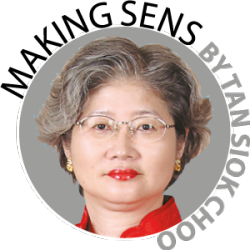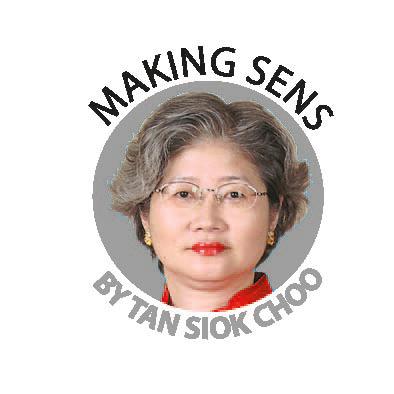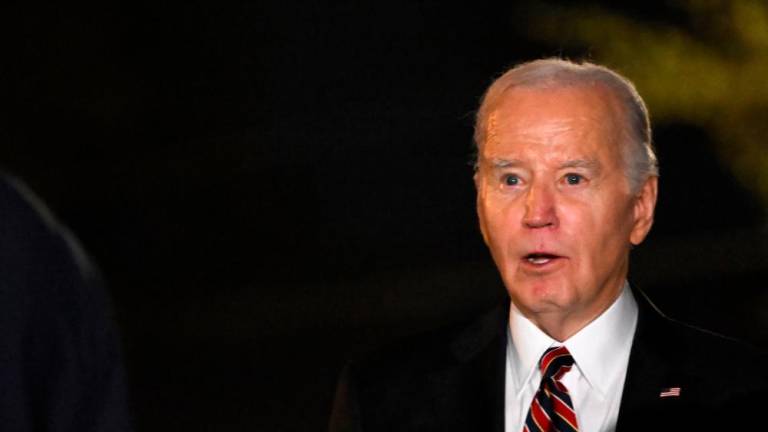JANUARY is named after the Roman god Janus. Unlike other divine counterparts who were derived from Greek mythology, Janus was uniquely Roman. The god of beginnings and endings as well as entrances and exits, Janus has two heads, one facing left and another right – giving him the ability to see simultaneously both the past and the future.
At the dawn of a new decade, assessing the Malaysian economy’s future prospects requires a Janus-like backward and forward approach.
A backward look at past policies could be instructive. Were initiatives like the establishment of Proton Holdings wrong in conception? Or did the national car manufacturer suffer from poor implementation? Or was it a combination of both?
Established in 1983, Proton made its first car, the Proton Saga, in July 1985. Protected by tariffs on competitors that gave the national car a 30% price advantage, Proton’s production hit a peak in 1996 with sales of 176,100 cars and a 64% market share. Reduced tariffs coupled with higher competition from other manufacturers saw Proton’s market share tumble to a low of 10.8% in 2018.
In 2019, Proton sales accelerated to 100,821 cars, giving it a 16.7% market share, the highest since 2014. Now 49.9% owned by China’s Zhejiang Geely Holdings and helmed by CEO Dr Li Chunrong, the national car company has regained its dynamic.
Proton also raises the issue of opportunity cost. Unlike Malaysia, Thailand opted for a different approach to auto manufacturing. Foreign car manufacturers were welcomed to the Land of Smiles with generous tax incentives while 1,500 domestic suppliers provided auto parts.
In 2017, Thailand produced 1.2 million commercial vehicles and 818,000 passenger cars, earning the country the sobriquet “Detroit of Asia”. Military coups in 2006 and 2014, however, have undercut Thailand’s appeal to foreign auto manufacturers.
Going forward, the challenge for Malaysian decision makers is the shift to electric cars and the potential decline in demand for oil.
Comparison with other countries’ economic trajectories over the last 60 years is thought-provoking. In 1960, South Korea’s Gross Domestic Product (GDP) was just US$2 billion higher than that for Malaysia. Ten years later, the gap between the two countries’ economies had widened to US$5 billion.
By 1990, South Korea’s economy had swelled to US$278.3 billion, six times larger than that for Malaysia. And by 1996, Seoul had become an OECD country. How did South Korea make the quantum leap into advanced country status while Malaysia remains a close also-ran?
GDP is the value of all finished goods and services produced within a country, by locals and foreigners, within a specific period, usually a year.
Equally significant, South Korea’s Samsung Electronics was founded in 1969. By the first quarter of 2012, Samsung Electronics overtook Finland’s Nokia to become the top global manufacturer of smartphones. How was this singular feat achieved? Can this feat be replicated in Malaysia?
Malaysia’s past successes include more than 60 years of political stability, a peaceful handover of power after the 14th general election in May 2018, reducing poverty – even if the quantum is disputed – as well as nurturing a significant middle class.
Given this country’s significant natural resource endowment like tropical hardwoods, tin, oil and natural gas, the teasing question is: Could Malaysia have done far better?
Successful Malaysian companies include Petronas, budget airline AirAsia, Malayan Banking, Public Bank, Sime Darby and Kuala Lumpur Kepong. What is notable is Malaysia doesn’t have a single unicorn – a start-up business valued at US$1 billion or more.
In contrast, Indonesia and Singapore have four unicorns each, while the Philippines and Vietnam have one each. The question that Indonesia President Joko Widodo asked his rival Prabowo Subianto in a televised debate should be levelled at Malaysian policymakers: what infrastructure would you build to support unicorns?
One key question is the forward trajectory for Malaysia’s oil and natural gas sector. As concerned environmentalists worldwide push for greater use of renewable energy, is Malaysia adequately prepared for a future where demand for oil and natural gas could plummet significantly?
Has Putrajaya emulated Norway’s US$1 trillion Sovereign Wealth Fund in investing for a fossil-fuel free future? In March last year, the fund divested US$13 billion from oil, gas and coal stocks and shifted US$20 billion to renewable energy stocks.
Another key question is management of government-linked companies. Putrajaya tends to hire foreigners to run troubled GLCs like Malaysia Airlines to make hard decisions, in particular trimming payrolls. Isn’t it possible to find Malaysians capable of undertaking this task? Or does Putrajaya believe foreigners are more hard-hearted?
Malaysian badminton offers another explanation for the tendency to hire foreigners. That Tan Kim Her and Jeremy Gan are now coaching Japanese players and turning them into world-class shuttlers suggests many Malaysian decision-makers believe foreigners are better than their compatriots.
In the new decade, old Malaysian mindsets need to change.
Opinions expressed in this article are the personal views of the writer and should not be attributed to any organisation she is connected with. She can be contacted at siokchoo@thesundaily.com














